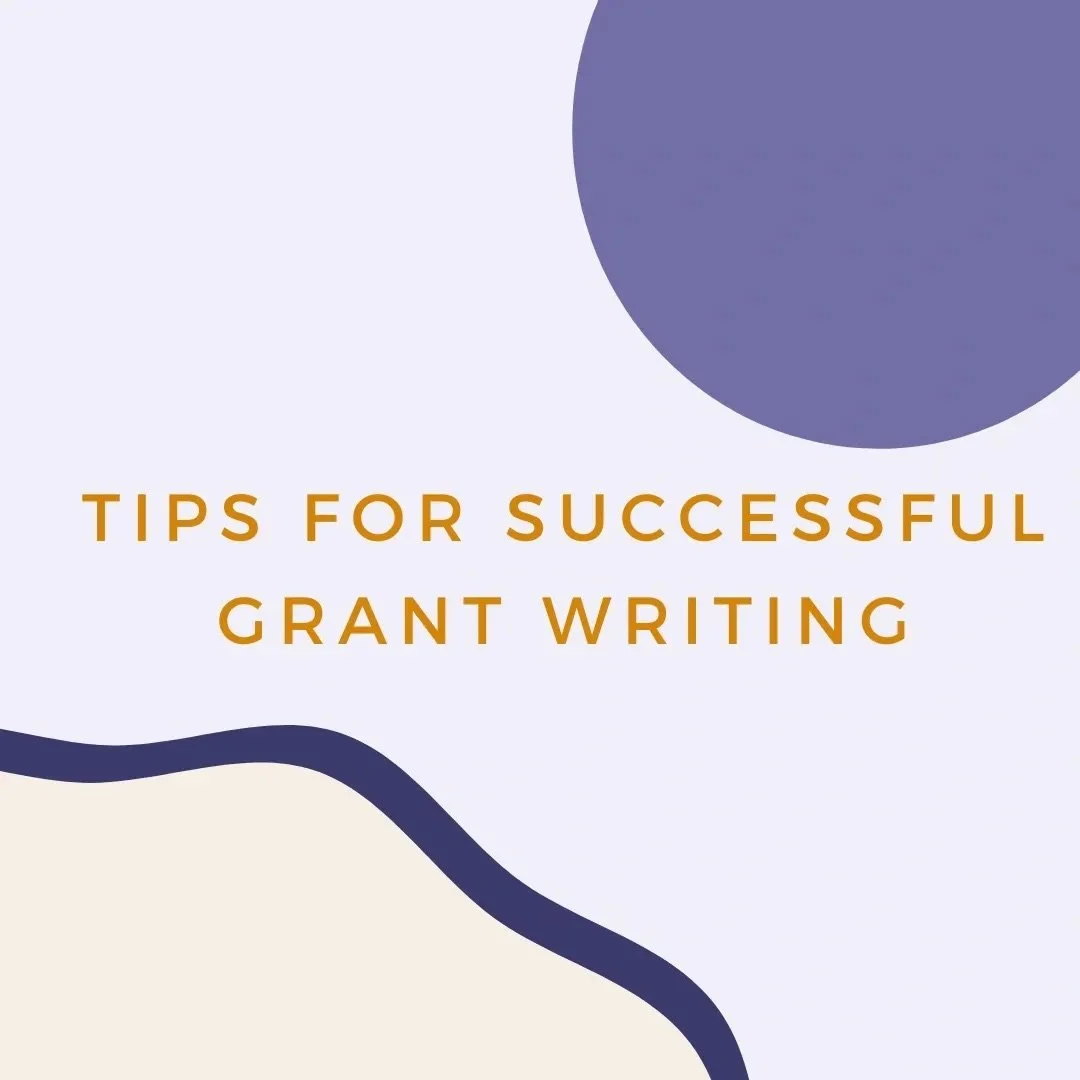10 Tips for Successful Grant Writing
Plan Your Grant Research Process: Sourcing granting opportunities can be a painstaking venture, but there are funding databases to fit any budget. Search grant funder databases and see what they offer. Keep in mind that most of these databases focus on family or corporate foundations and don’t often include government or corporate opportunities. Create a calendar with funding deadlines, knowing that the larger the grant, the longer the review process. Also, set targets, including how much of the amount asked for in your grant proposal that you actually hope will get funded.
Determine Criteria Fit: Grantors develop specific criteria to guide them in their decision-making, and this is an excellent opportunity to determine if your nonprofit organization may be a match. Consider creating a spreadsheet listing every detail of the funder’s criteria in one column and the nonprofit’s match in another column to evaluate an organizational match.
Call the Funder: Call the funder if you are unsure that your nonprofit’s program is a good fit for the grant. Let them know you are interested in participating in the granting cycle and ask if your program is a possible match. If they publicize their phone number, use it! This is not an invasive gesture from a nonprofit to a grantor; instead, this is relationship building!
Develop a Strategy for Your Program: You know your program is a match, so what’s next? Gather an internal team for a strategy session to clearly define your program and your ask. During your grant strategy session, as a team, consider these questions: What does your nonprofit organization offer in terms of experience and expertise? How will your nonprofit tackle the issue at hand?Who will be on the program delivery team? How will you incorporate diversity, equity, and inclusion in your programs? How much will it cost, and perhaps most importantly, how will it change lives?
Gather the Necessary Information In Advance: Grant writing is like fitting pieces of a puzzle together. Your organization should have most of the necessary pieces on hand even before you start sourcing grants. Be prepared to include details such as your nonprofit organization’s history, mission, charitable number, budget, human resources, as well as project-specific details, like possible partnerships and project outcomes.
Create an Impact Management Strategy: How will your program transform communities and beneficiaries, and how will you track your progress? Measuring impact should not just include the number of people served, but also quantifiable data on how much change your organization is creating. Include details about your nonprofit’s measurement and risk management strategies in your grant proposal. Highlight the possible barriers to your project and discuss how you will address them. More so, discuss the sustainability and scalability of your project or program.
Your Writing Should Be Clear, Concise, and Compelling: Keep your writing clear, concise, compelling, and easy to understand. Don’t leave room for misinterpretation. Funders make decisions based on your proposal as submitted. If you do not make your project clear, they will not call to ask questions. Grant writing is also an opportunity to share your organization’s unique story. Take advantage of that and keep your proposal engaging. As you write, your passion for change will stand out, and it just might keep the funder reading!
Review Your Program’s Budget: Include details about your budget in your grant proposal. Your budget is a story in numbers, and it must match the content detailed in the rest of your proposal. Again, if your proposal is not clear, funders will not call you to ask questions; they will simply make decisions based on the information available to them. Your budget must be clearly outlined and easy to understand.
Proofread Your Grant Proposal: When writing a lengthy grant application, it can be very easy to make spelling errors, mismatch dates, and omit key data points. And unfortunately, that can decrease your chances of receiving the grant. So, be sure to proofread your grant proposal. If something in your proposal doesn’t look right to you, go back to your grant strategy team and get them to make the necessary corrections. Your ask needs to be clear, and the story should be compelling. Do not spend all this time creating your proposal only to have it overlooked because of typos and errors.
Include all Necessary Attachments: Many funders offer a grant application checklist so nonprofits can ensure all necessary attachments and details are included in their submission. Follow this checklist closely! Once you’ve gathered the information required, review it at least once again. And, when you’re ready, submit!
This post first appeared on Keela's blog

